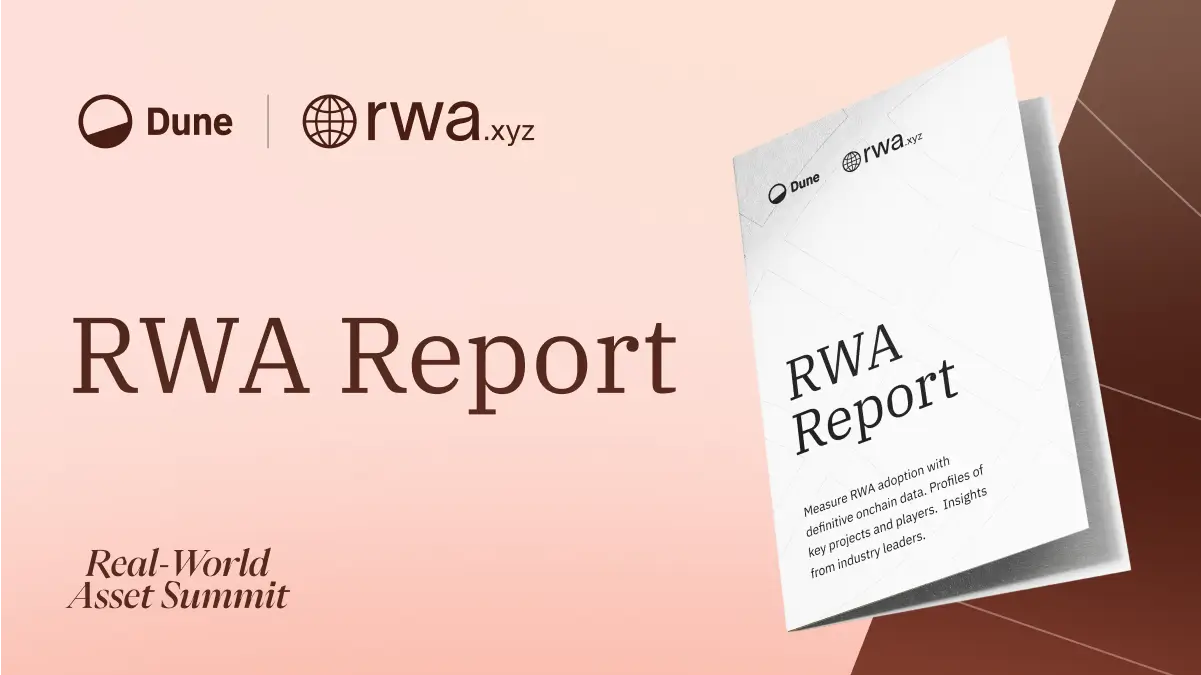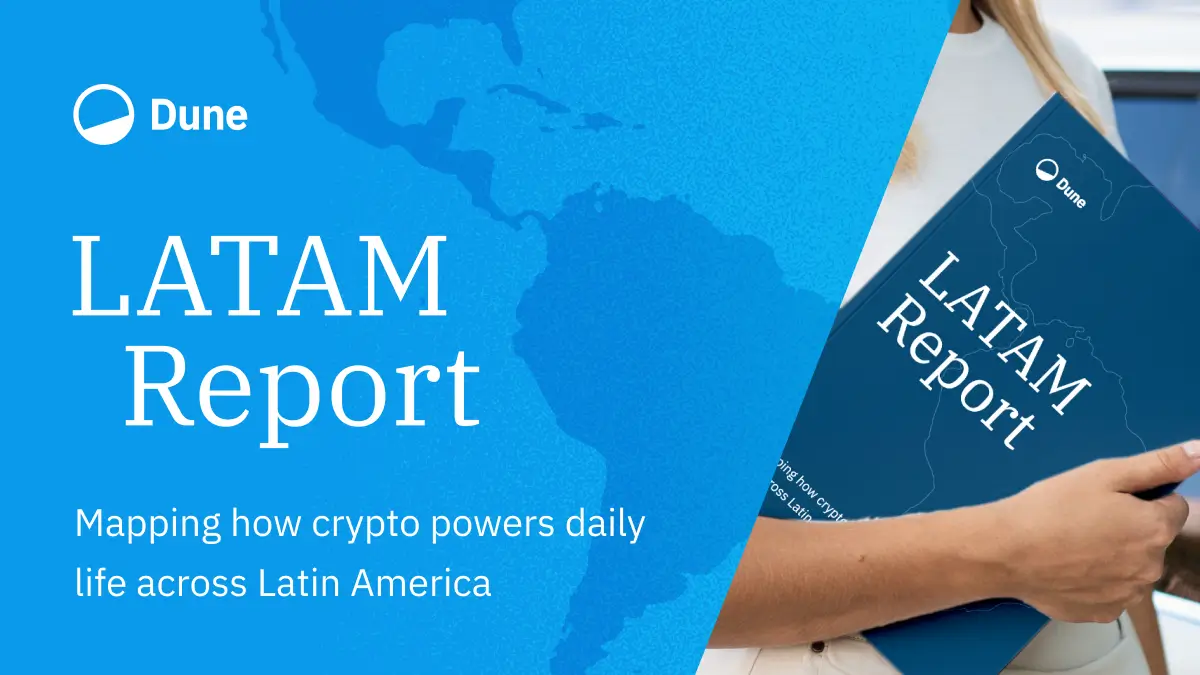NFT Wash Trading on Ethereum part 2: Blur
Is Blur's volume legit? Yes - here's why.......
Exclusive content

Download Content


(This article is part 2 of my wash trading investigation, I recommend you read part 1 first if you havent already)
In 2021, the NFT marketplace wars really got underway.
New exchanges were launching left and right, each seeking to differentiate themselves from the competition and coax users & volume away from OpenSea.
Some used token rewards to encourage trading activity, including most (in)famously LooksRare and X2Y2……
The initial goals of these marketplaces - simply onboarding more users through incentivization - were pure. Instead though, they lead to massive amounts wash trading as users quickly saw potential to profit by gaming the reward mechanisms.
What is wash trading?
Transactions are categorized as wash trading when a user buys and/or sells an asset for the sole purpose of skewing the resulting data. This may alter the market sentiment of other traders by making the trading activity look higher than it really is, or give the trader some other advantage (like token rewards).
This is illegal for most assets since 1936’s Commodity Exchange Act (CEA), but cryptocurrencies and NFTs remain outside the CEA’s scope. Many believe that regulation is inevitable, but it certainly hasn't arrived yet.
Recently, I wanted to start diving even deeper into Ethereum NFT data. However, before analyzing a dataset, the first step is to clean it. All this recent wash trading volume has created a lot of noise making it harder than ever to sieve out the key data points from the rest. How to cut through the noise?
At the end of 2022, I shared a simple method for filtering out wash trading activity from NFT trading data. The method uses 4 heuristics to determine whether a trade gets flagged as a wash or not.
The results of applying these filters were shocking.
I found that over $30B of NFT trading volume on Ethereum - almost 45% of the total - is wash trading.
(Note: for further reading on the topic, check out these articles by Coindesk, The Defiant, and CoinTelegraph where my research was featured).
The Case of Blur
If the comments and messages I received after publishing my NFT Wash Trading on Ethereum article are anything to go by, this method seems to have been very well received.
However, among those comments, I noticed that people were skeptical that Blur only had ~11% of traded volume flagged as wash trading.
Given Blur’s upcoming airdrop and impressive marketshare numbers - it’s easy to imagine that we’re seeing another wash trading paradise like LooksRare or X2Y2, which respectively have 98% and 85% of volume flagged.
But according to my filter, Blur is relatively unaffected by wash trades. What makes the Blur different?
What is Blur?
After a few weeks in private beta, Blur officially launched to the public in October 2022.
Billing itself as “the NFT marketplace for pro traders”, Blur is both a direct marketplace (like OpenSea) and an aggregation platform (like Genie & Gem). This allows it to enjoy its own liquidity, while also leveraging liquidity from other marketplaces.
Where Blur really shines is in its novel UI & UX, specifically designed to facilitate pro trading. Notable advantages include having the lowest fees for NFT trading on Ethereum as well as faster trade settlement times.
There are many others but instead of listing all of those here, I recommend checking out the platform to see for yourself!
Alongside the launch, Blur announced plans to decentralize the protocol:
“Our goal is to make Blur a marketplace that the entire NFT community owns and profits from”.
In order to decentralize, Blur will launch its own token, $BLUR, which will be airdropped to traders and users in 3 phases.
- Airdrop 1: a retroactive drop for anybody who traded an NFT on Ethereum in the 6 months prior to Blur’s launch (wash trades excluded!)
- Airdrop 2: for users who listed an NFT before December 6th
- Airdrop 3: for users placing a bid on Blur after bidding went live
The last airdrop phase ends with the imminent launch of $BLUR on February 14th.
These three criteria are the only way to qualify for the $BLUR airdrop. Blur has been careful to only reward activity that represents organic trading and bringing genuine liquidity to the Blur platform.
LooksRare and X2Y2, on the other hand, both use the past day’s trading volume in order to calculate token rewards every 24h - thus making wash trading a profitable strategy when factoring in the rewards.
For Blur, there never was any reward for trading activity. So any wash trading wouldn’t help with airdrop eligibility. Despite these facts, some remain skeptical, so let’s look deeper into the data.
5 Reason's why Blur's Volume is Legit
Here are 5 key findings that make me confident that ~90% of Blur's volume is organic.
1. Low % of wash trades & traders
Let’s start by looking at what my filter uncovers. In total, 11% of traded volume was flagged as wash trading.
However, when looking at the number of trades, only 1.56% of trades show up.
1.56% is in the same range as other marketplaces known for their organic activity, including CryptoPunks marketplace (1.45%), Gem (1.38%) and Foundation (1.83%).
None of those have any trading incentives and are known for their organic usage. You may be wondering why the volume is so high relative to the trade count, it’s because the very goal of wash trading is to artificially inflate the publicly available market data.
In order to be efficient there, wash traders usually chose to wash trade with very high fungible token amounts to maximize results. It’s for this very reason that only 1.56% of all Blur’s trades were flagged - but those represent 11% of the traded volume.
2. User histories
Before diving further into Blur’s trading data, let’s first look at its users.
In this query, I collected the list of all 122.4k Blur users (since its public launch) and classified them into 4 sections. Here are the results:
Here we’re able to see that 62.9% of users are coming from OpenSea and 3% from Gem.
Both of those marketplaces are known for their organic usage and negligible wash trading. Those new users are extremely likely to be trading organically on Blur just like they were on other platforms!
It’s also worth noting that 22.2% of Blur users are completely new to the NFT market.
What does this tell us? The data is consistent with Blur successfully convincing experienced NFT traders to switch from platforms like OpenSea & Gem. This suggests product market fit and a genuine appeal of Blur’s pro tools.
Blur also managed to entice a large number of traders that are new to NFT trading, perhaps due to successful marketing messages and significant hype around Blur’s on-chain activity.
Overall - Blur seems to have succeeded with an excellent go-to-market strategy and execution, arguably reinvigorating the entire NFT market in the process.
3. Very high user numbers
Marketplace absolute user counts also give some interesting context. Blur’s is very high, OpenSea and Gem.
With a recent high of around 52.9k weekly users, X2Y2’s high of 14.2k and LooksRare’s high of 9.1k pale in comparison.
These numbers suggest real organic usage and robust product-market fit.
4. Volume sticks around after incentives stop
As I previously mentioned, Blur incentivised liquidity in different places over the past few weeks.
It started with listings up until December 12th, then switched to bidding after it was enabled and became the new airdrop criteria.
A great sign for organic activity: not only did listing activity remain steady since December 12th, it actually grew.

This activity has no inorganic incentive and until proven otherwise should be considered organic usage.
On January 2nd, Blur also started enforcing a 0.5% royalty fee on all collections with fees enabled.
Despite instantly making most sellers less profitable, the impact on trading volume was negligible at best!
5. Organic patterns
Hourly volume on LooksRare and X2Y2 tells a very different story to Blur’s.
These two wash trading havens see huge random spikes interspersed with hours of barely any volume.
Check out LooksRare's hourly volume:
And the pattern for X2Y2 is even more extreme:
In contrast, Blur’s hourly volume is what you’d expect from a healthy protocol with organic activity and a diverse user base.
In the charts above, I chose a random day (February 6th 2023) to use as a visual example, but feel free to fork the queries to see other days (and how they look exactly the same)!
But, what about the 11%?
So we've seen that Blur isn't a great place for wash traders, and is relatively unaffected by them compared to other large platforms.
Still though, over 11% of its volume is driven by them. Why is that?
Overall, wash trading is mostly driven by token rewards and therefore most rife on the platforms which directly incentivise trading through tokens.
So some Blur users are probably wash trading expecting to be rewarded at some point - despite Blur’s clear pointers that they won’t reward this behavior.
But there are other reasons for it too. Some traders, for example, use wash trading as a way to buff the stats of a specific collection, making it appear higher in rankings to create FOMO for unsuspecting traders.
This type of wash trading happens across all platforms and is fully independent of the platform’s incentive mechanisms.
The Bottom Line: Blur is Legit
While my wash trading filter won’t catch everything, and sometimes is a little aggressive towards market makers buying back the same NFT, digging further into Blur’s data matched the expectations set by my wash trading filter!
After looking into Blur’s data through many angles and comparing it to other marketplaces, all signs point towards high organic activity being a direct result of a product that people enjoy using.
With the upcoming $BLUR airdrop, it’s clear that Blur took specific steps to incentivise liquidity and organic usage….. but not wash trading.
Perhaps they learned from previous platforms’ mistakes. Either way, Blur’s success is undeniable. They executed a very strong go-to-market strategy and launch, and seem to have already established themselves as the clear choice for a certain type of pro trader.
Users have long wanted a more decentralized OpenSea, and now they have it........
Ready to bring your Blockchain to Dune?
Power your App with Dune data
Steam Dune data in your analytics environment

Want to join Dune?


Dune Datashare
Ready to get started?
Individuals + Small Teams

Enterprise






